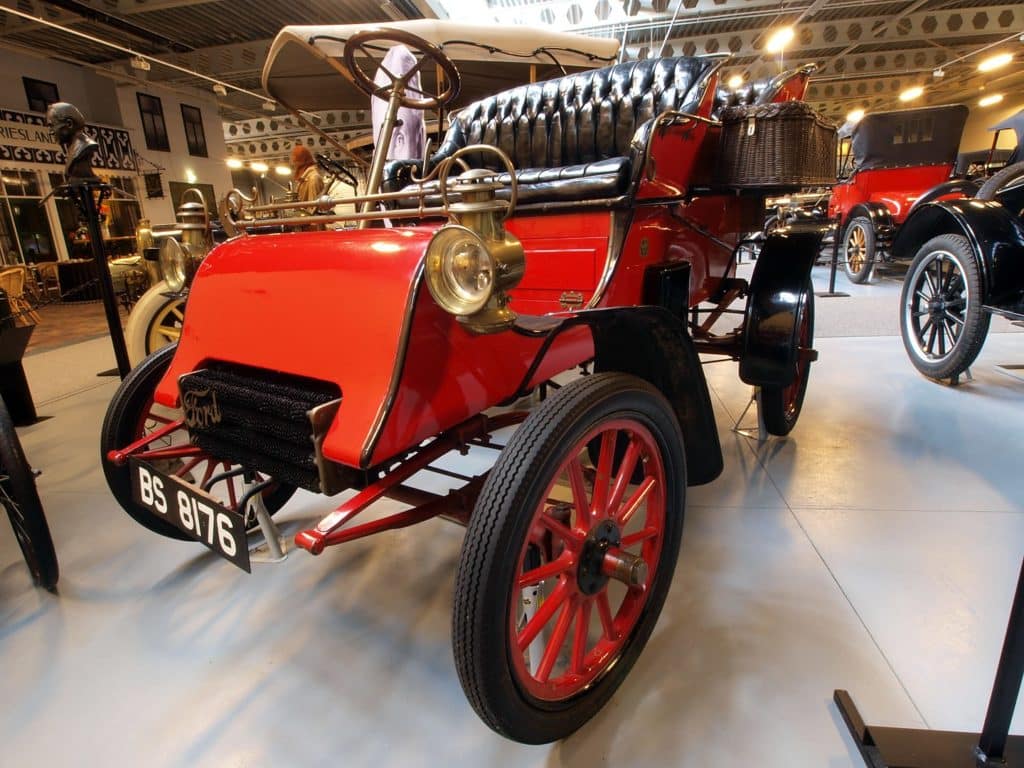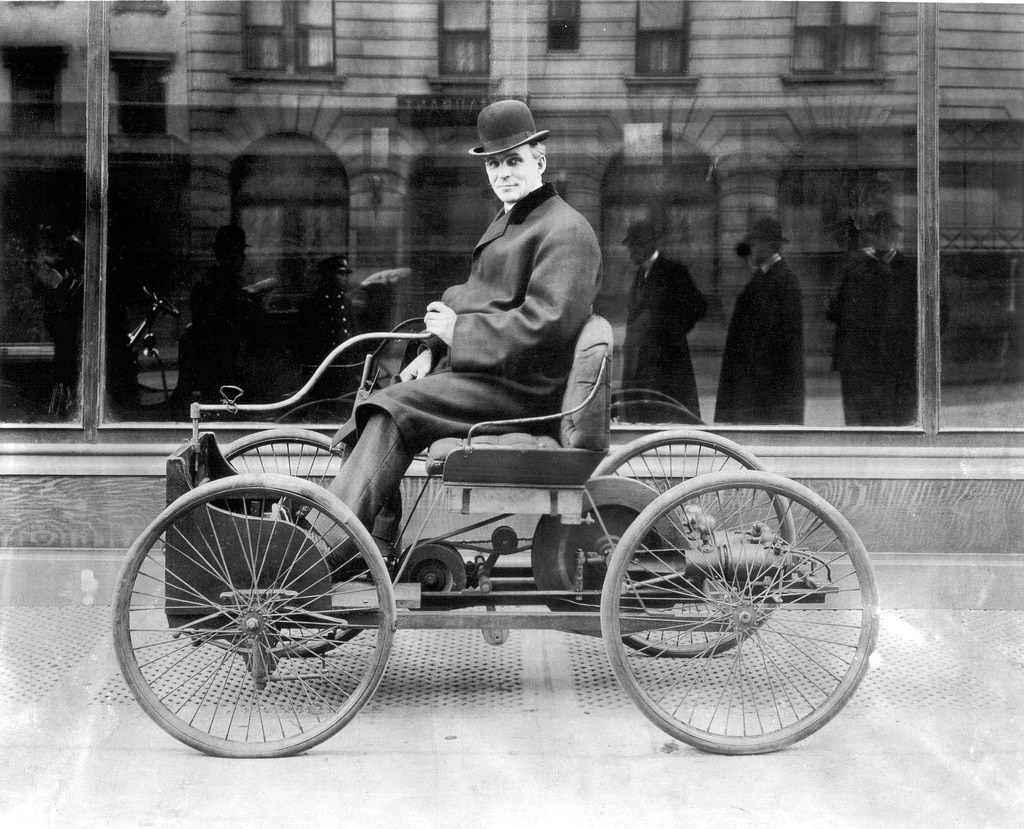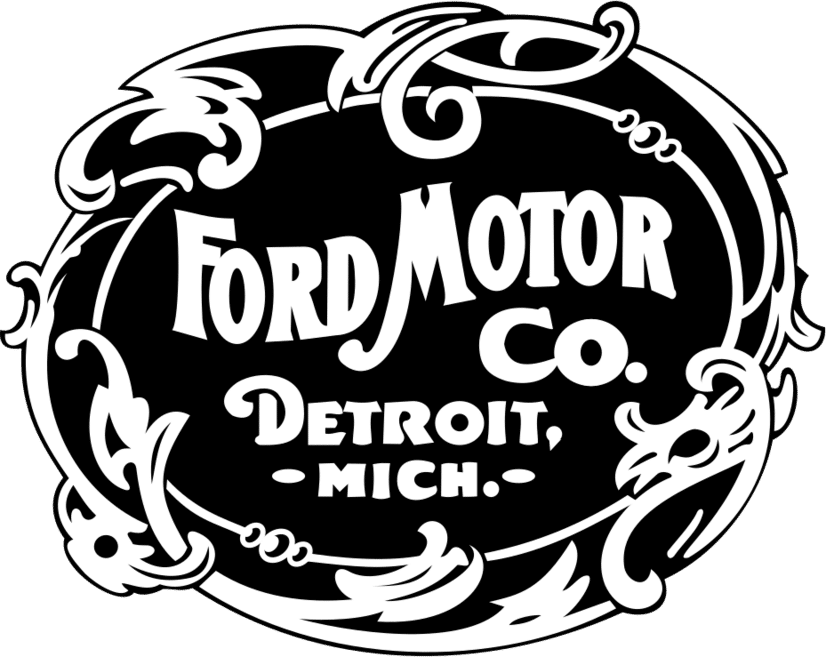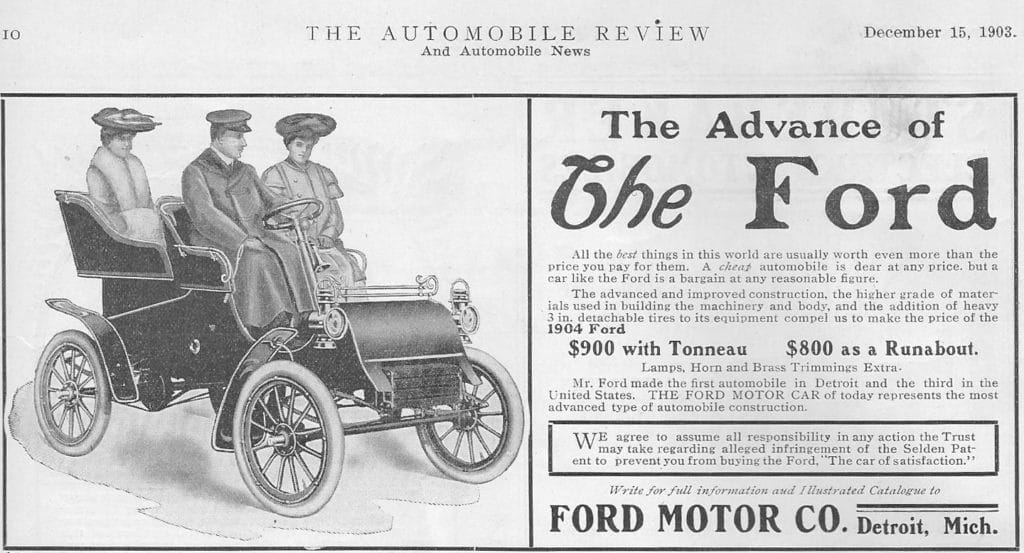This Week in History recalls memorable and decisive events and personalities of the past.
23rd July 1903 – The Ford Motor Company sells its first car

Today, the Ford Motor Company is in the top five largest car companies in the world by the volume of vehicle sales and is the largest family-owned company in the world, having been owned by the Ford family for close to 110 years.
It is one of the most recognisable American brands and, at its height, owned other famous car brands such as Volvo, Land Rover, Jaguar, and Aston Martin.
Founder Henry Ford was born in 1863 in Michigan, the child of Irish and Belgian immigrants. He worked as an apprentice machinist in Detroit, where he learned about engines. His knowledge of mechanics grew to the point where, in 1896, Ford built his first car, the Ford Quadricycle.

The Quadricycle was a very basic motorcar design, and was sold for around $200. His success selling this first car saw led to his opening two companies, the Detroit Automobile Company in 1899, and the Henry Ford Company in 1901.
Both failed, however, prompting Ford to leave the Henry Ford Company, which, renamed as the Cadillac Motor Company, and would later become successful.

Undaunted, Ford, with the help of his friend Alexander Y Malcomson, a successful Detroit coal dealer, was able to start a new company with much greater financial backing. This was the Ford Motor Company.
On 23 July 1903, shortly after the company’s founding, the first Ford car was sold.
The Ford Model A (1903) proved an instant hit.
By October 1903, the Ford Motor Company was already profitable, and investor profits topped 300% by 1905.

In 1908 Ford developed the Ford Model T. He took advantage of innovative assembly-line techniques to produce a car that was vastly more affordable than cars had been until that point. At its cheapest, in 1924, the Model T sold for $260, which is around $4 190 in today’s money.
The company’s great success saw it expand rapidly outside of the United States, starting with a manufacturing plant in Canada in 1911. By 1925 it was on every inhabited continent. This included a plant in South Africa, which was opened in 1924.

In 1929 Ford signed a deal with the Soviet Union to sell it $13 million worth of equipment and agreed to assist the Soviets in establishing an automobile manufacturing plant in Nizhny Novgorod.
Most controversially perhaps was Henry Ford’s relationship with Nazi Germany.
Ford himself was an outspoken antisemite and routinely published antisemitic articles in his The Dearborn Independent newspaper.

In 1938 the Nazi state awarded him the Grand Cross of the German Eagle. He strongly opposed American entry into the Second World War, and vetoed plans in 1940 build airplane engines for the Allies. However, after the Japanese attack on Pearl Harbour and America’s formal entry into the war, the Ford company enthusiastically joined the war effort. By this point Ford, then 76, was senile and played little role in the company’s decisions.

At 78, Ford attempted to reassert control over the company, but – as he was senile and suffering from health problems – his wife and daughter-in-law, after threatening to sell off their shares, managed to get him to turn control over to his grandson, Henry Ford II.
Henry Ford II, managed to rescue the company from financial troubles; it was haemorrhaging money when he assumed control. Henry Ford II would remain as president, chairman or CEO until 1980, when the company was handed to its first non-Ford manager, Philip Caldwell. Caldwell succeeded in rescuing the company from the financial problems it had run into in the 1970s due to Japanese automobile competition.
Despite numerous ups and downs and controversies, Ford has remained a global giant in the vehicle space and continues to be one of America’s most famous exports more than a century later.

If you like what you have just read, support the Daily Friend

